Best laptops for video editing 2022
Traveling vloggers and filmmakers rejoice.

Laptops come in a whole manner of shapes and sizes, but for video editing and other intensive workloads, it's all about the internals. High-definition video, anywhere from 720p to 4K and beyond, often uses multiple gigabytes of data to process. If you start to sample and add effects, you would need a beefy machine with a decent processor and discrete graphics, which is why the latest Razer Blade 15 model is one of the best Windows laptops for working with video.
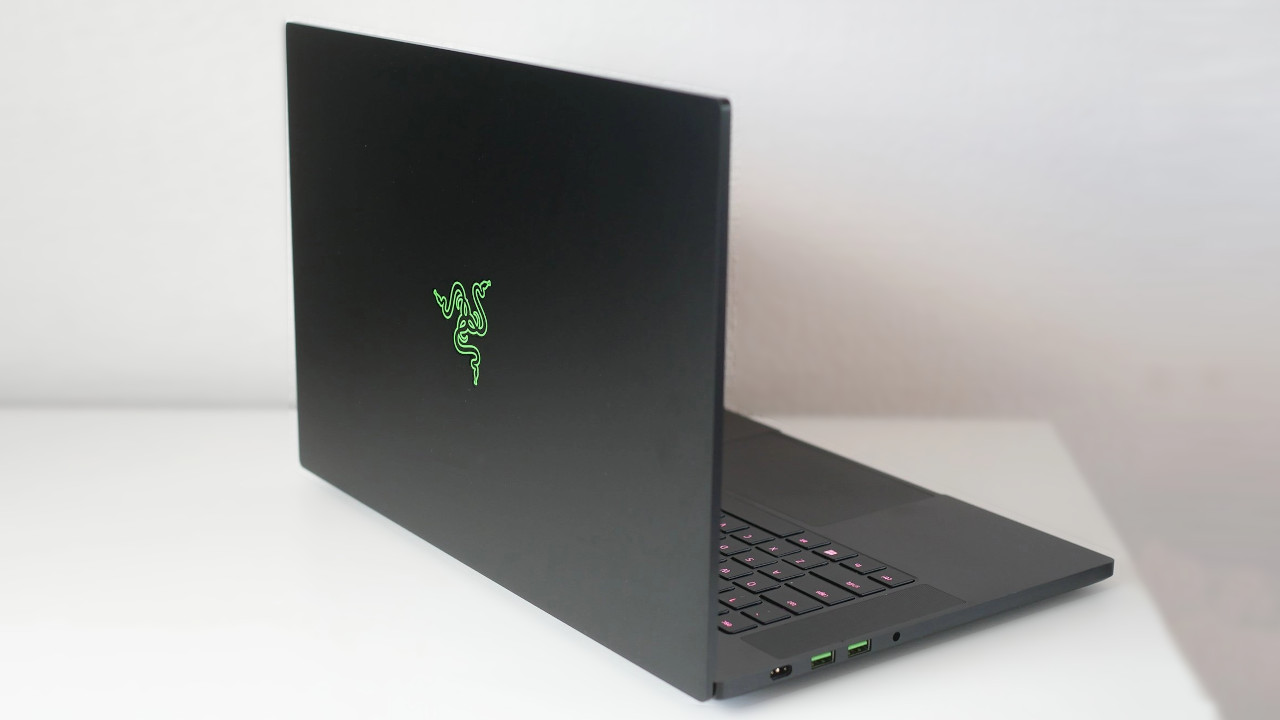
Razer Blade 15 (2022)
Reasons to buy
Reasons to avoid
The latest Razer Blade 15 refresh offers a choice of powerful NVIDIA GPUs, up to a GeForce RTX 3080 Ti. This is the sort of performance you'd expect with a gaming laptop, but it doubles up as a capable portable video editing machine.
There are also Intel Core processors up to a 12th Gen i9-12900H, calibrated display options ranging from UHD at 144Hz to Full HD at 360Hz, and up to a 1TB SSD for storage. It's quite the specifications list.
Oh, and I forgot RAM — which starts at just 8GB, but can be topped out at 32GB. And we're not just talking video editing here either. The Blade 15 will make creating digital artwork a breeze and even handle engineering software.
High-quality displays make it a compelling option for visual work where color accuracy is essential. What's more interesting is how Razer managed to cram all this into a thin notebook, coming in at just 0.67 inches thick and weighing 4.4 pounds.
It's been around for a while, and we reviewed a variation as far back as 2018. The choice of internal components grows with each update; just be wary of how pricey the new 2022 Blade 15 can get when you add the most expensive components.
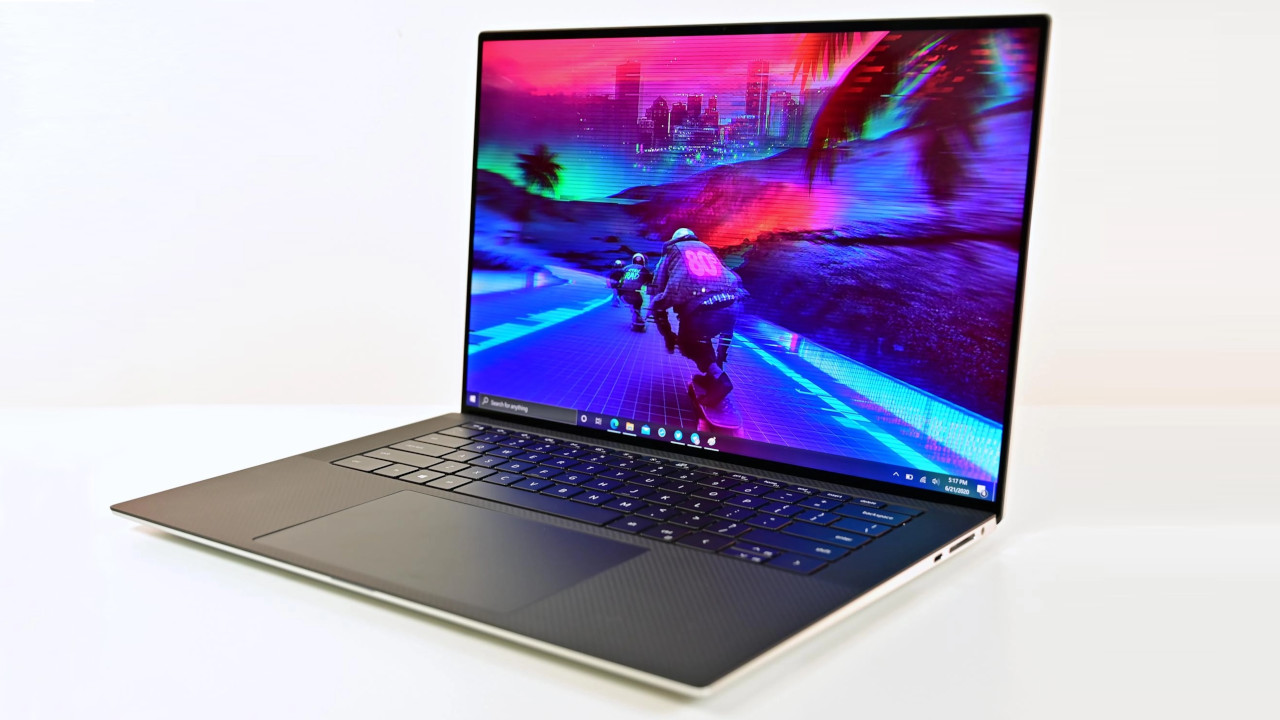
Dell New XPS 15
Reasons to buy
Reasons to avoid
The Dell XPS 15 has been a firm favorite of ours over recent years, along with a smaller sibling, the XPS 13 OLED. This latest iteration of Dell's 15-inch notebook can be kitted out with up to 12th Gen Intel i9-12900K CPU, 64GB of DDR5 RAM, and a 4TB SSD, plus there's the option to include an NVIDIA RTX 3050 Ti GPU with 4GB of GDDR6 VRAM.
In other words: It's almost perfect for video editing since you can choose up to a 2160p OLED screen, albeit capped to 60Hz.
The design hasn't changed much compared to previous models we've tested, which is not bad as it still looks gorgeous and holds up well to what other manufacturers are rolling out. The only other downside is the RTX 3050 Ti's performance compared to gaming-focused Razer Blade laptops.
However, this is still way more capable than integrated Intel graphics, and the inclusion of Windows Hello is the icing on the cake.
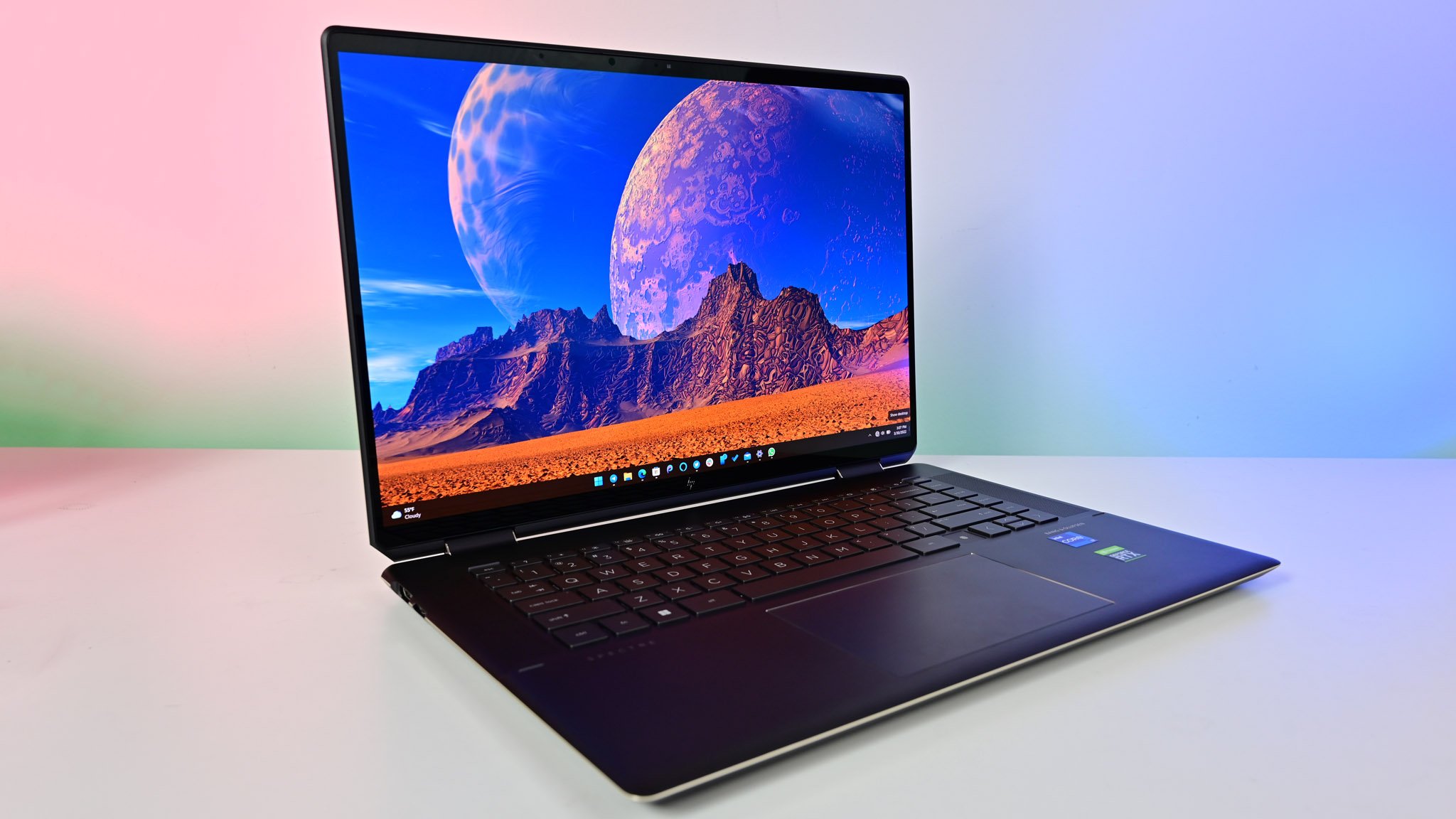
HP Spectre x360 16
Reasons to buy
Reasons to avoid
Sometimes you need versatility when you're a traveling video editor. That's where the HP Spectre x360 16 is a solid choice, and it's a premium convertible Ultrabook that offers some serious value compared to studio-grade notebooks.
You've got decent battery life yet relatively reliable performance with the option of up to an 11th Gen Intel Core i7-11390H processor, 32GB of DDR4 RAM, and a 2TB M.2 PCIe SSD. HP didn't cut any corners with the touchscreen display with the choice between a 3K IPS or 3K+ OLED panel, the latter being well worth it for video editing.
For connectivity, there are two Thunderbolt 4, USB-A, a 3.5mm audio jack, and an HDMI 2.0b output for connecting external monitors. All your media and files will be secured using a fingerprint reader and IR camera, supporting Windows Hello. The keyboard is excellent, and so too is the Microsoft Precision-powered touchpad.
The Spectre x360 16 is a beastly convertible Ultrabook with considerable performance packed inside a gorgeous portable chassis.
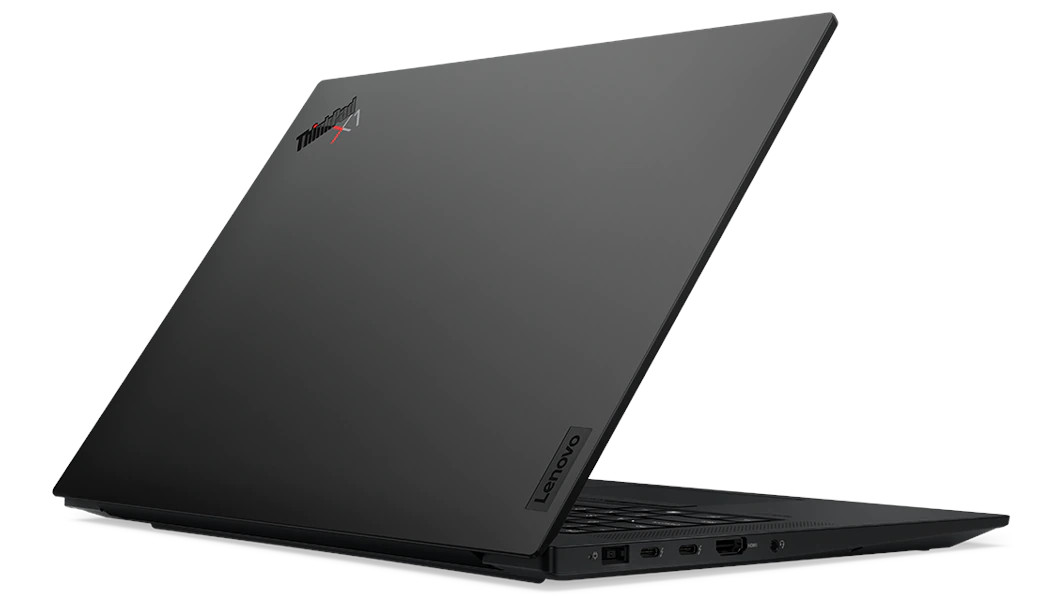
Lenovo ThinkPad X1 Extreme Gen 5
Reasons to buy
Reasons to avoid
Lenovo refreshed its ThinkPad X1 Extreme laptop with some enticing new features compared to the previous X1 Extreme Gen 4 we reviewed. First up are the display options, which go up to a beautiful WQUXGA IPS touch panel with HDR400 and Dolby Vision support. That display also has 100% Adobe color calibration, making it perfect for creative work like video editing.
You can configure the Lenovo X1 Extreme Gen 5 with up to a 12th Gen Intel Core i9 vPro processor, NVIDIA GeForce RTX 3080 Ti (16GB GDDR6), and a whopping 64GB of RAM. The keyboard is excellent, the laptop looks premium, and other handy options like Wi-Fi 6E compatibility, a TPM 2.0 chip, and ThinkShutter for the hybrid infrared camera make it a versatile option for creators and beyond.
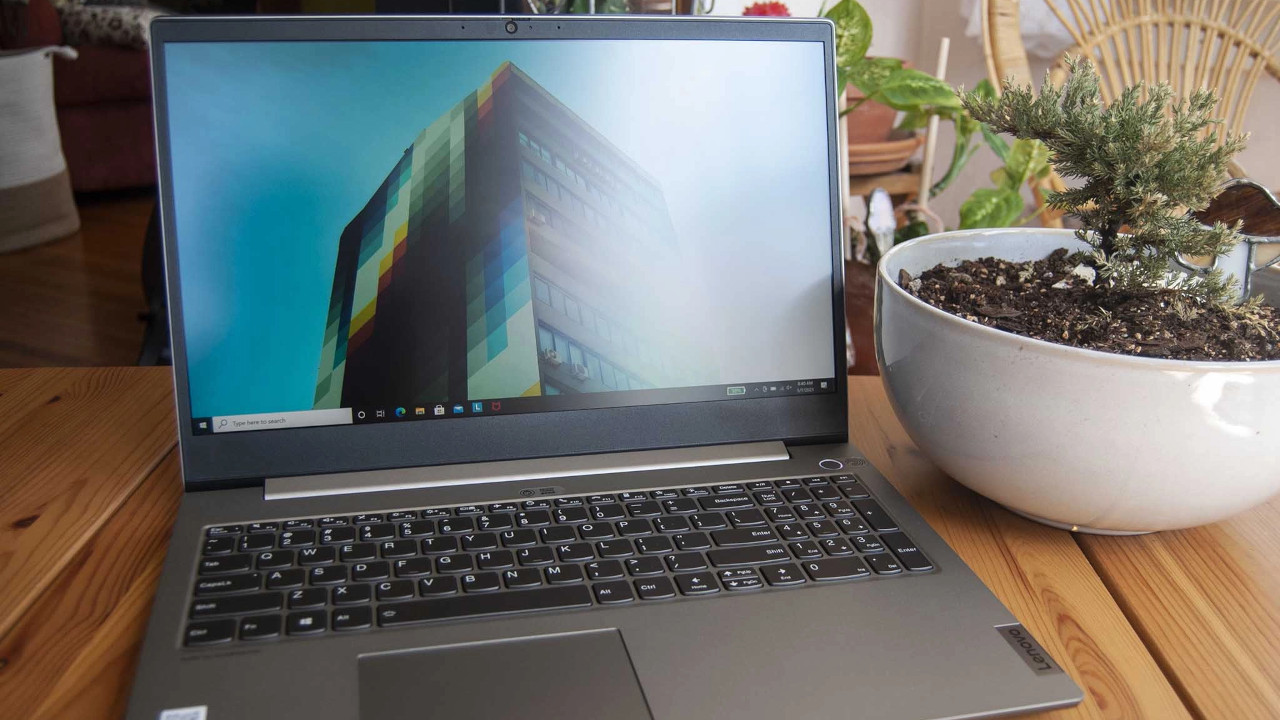
Lenovo ThinkBook 15p
Reasons to buy
Reasons to avoid
If you want to save some money or happen just to be starting, the more affordable Lenovo ThinkBook 15p is a great choice. It's not the most powerful laptop in our collection, nor will it win any awards for its lacking battery performance. Still, it houses a very capable integrated NVIDIA GeForce GTX 1650 GPU at an affordable price.
The laptop looks more expensive than it is. Inside is a 10th Gen Intel Core i7-10750H processor, 16GB of DDR4 RAM, and a 512GB SSD. It'll be good enough to play some games and handle a reasonable amount of video editing, aided by the fantastic X-Rite Pantone color calibration support in its beautiful 4K HDR panel.
You may want to pass on this laptop if you need one that will last longer than a few hours, but it's challenging to find a notebook with similar specs for a better price.
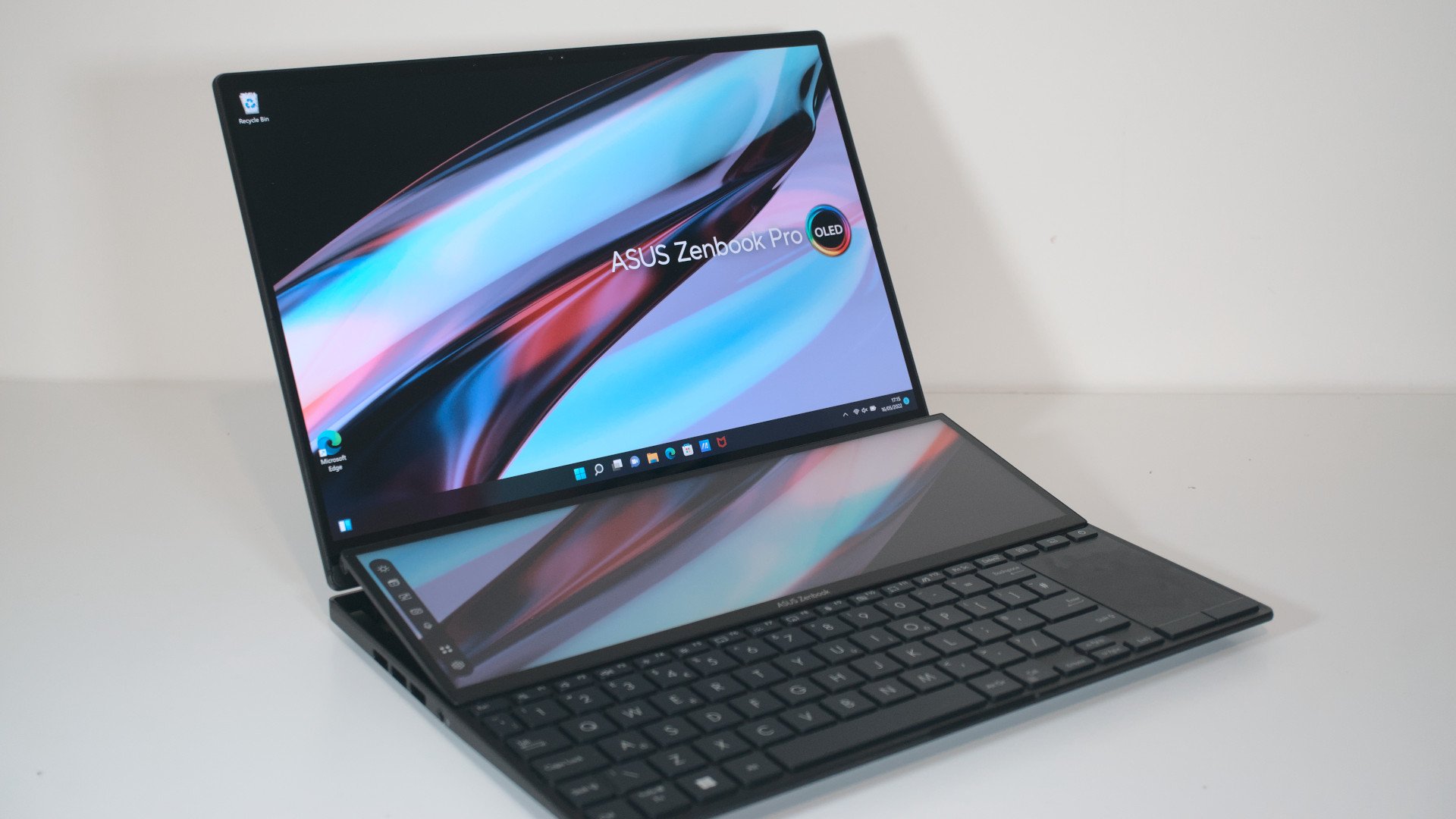
ASUS ZenBook Pro 14 Duo OLED
Reasons to buy
Reasons to avoid
This interesting laptop from ASUS has it all. The ZenBook Pro 14 Duo can rock a gorgeous 2.8K display, 12th Gen Intel Core i9-12900H CPU, 32GB of RAM, dedicated NVIDIA RTX 3050 Ti GPU, and 2TB worth of speedy SSD storage. That all ticks many boxes for video editors looking for a new portable machine. There's even cutting-edge Wi-Fi 6E support.
However, we're not done with the specifications since the Pro "Duo" has a trick up its hinge. There is a fantastic 2.8K display and a smaller secondary panel located just above the keyboard and touchpad. This is where the magic truly comes to life with the ZenBook Pro Duo.
The ScreenPad Plus, as ASUS likes to call it, is essentially a secondary panel that stretches from one side of the laptop to the other. It's not quite the same resolution as the main panel, but it's still an impressive 2880x864 output and does allow you to pin apps and other useful tools for quick and convenient access. Think of it as having multiple extended displays on a single laptop.
For ports, the ZenBook Pro Duo houses two Thunderbolt 4, USB-A, HDMI 2.1, and an SD card reader. Overall, the ZenBook Pro Duo is a unique, cutting-edge machine that's best suited to professionals who desire to improve their productivity.
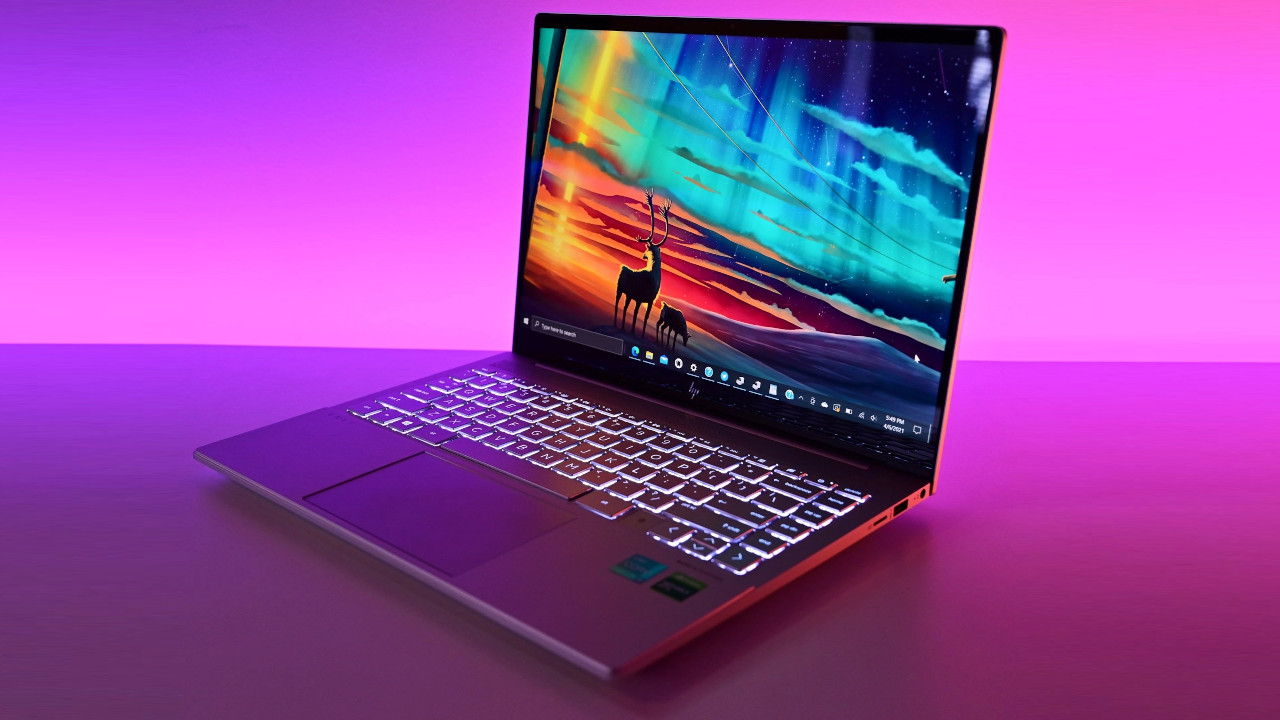
HP Envy 14
Reasons to buy
Reasons to avoid
The HP Envy 14 has a mammoth task as HP positioned it against the MacBook Pro from Apple, the same notebook countless professionals flock to for their daily productivity fix.
The new Envy 15 comes rocking up to an 11th Gen Intel Core i5-1135G7 or Core i7-1165G7, making it a high performer in benchmarks and intensive applications. You can also kit it with up to an NVIDIA GTX 1650 Ti Max-Q with 4GB GDDR6 and 16GB of RAM. Throw in a great 16:10 1920x1200 panel for a bonus.
If you're on the fence about a more value-driven option, the Envy 15 is one you should hold out for, and the only drawback we found in our review is the lack of a 4K display option. This isn't ideal if you're planning to work with content at that resolution, but for value, you could do much worse than the Envy 15.
Choosing the best laptop for video editing
Why you can trust Windows Central
When looking for the best laptop for editing videos, you could do much worse than the excellent Razer Blade 15, rocking plenty of power to get through even more demanding rendering workloads. The Dell XPS 15 is a worthy runner-up and can be configured to match what Razer offers.
Other laptops in our collection are worthy considerations for those who want to save a little money or need extra functionality. Check our full roundup of the best Windows laptops for something with more of a broad appeal.
Get the Windows Central Newsletter
All the latest news, reviews, and guides for Windows and Xbox diehards.

Rich Edmonds was formerly a Senior Editor of PC hardware at Windows Central, covering everything related to PC components and NAS. He's been involved in technology for more than a decade and knows a thing or two about the magic inside a PC chassis. You can follow him on Twitter at @RichEdmonds.
- Ben WilsonSenior Editor
